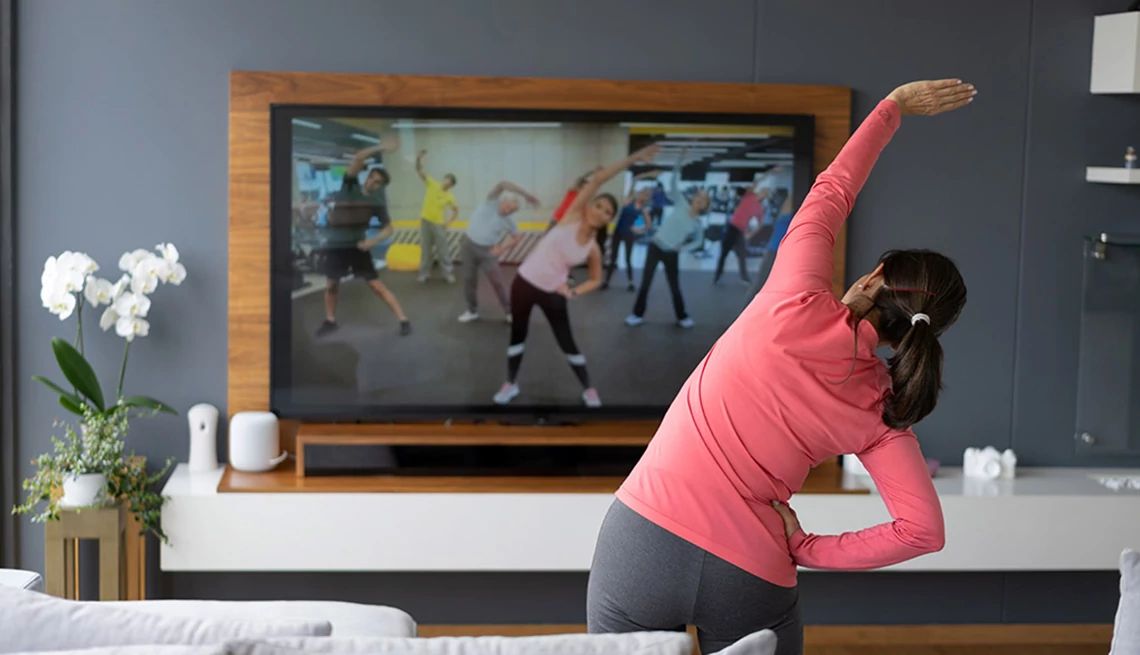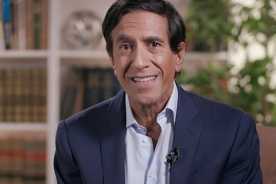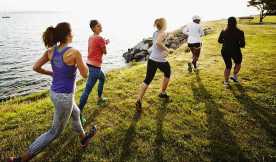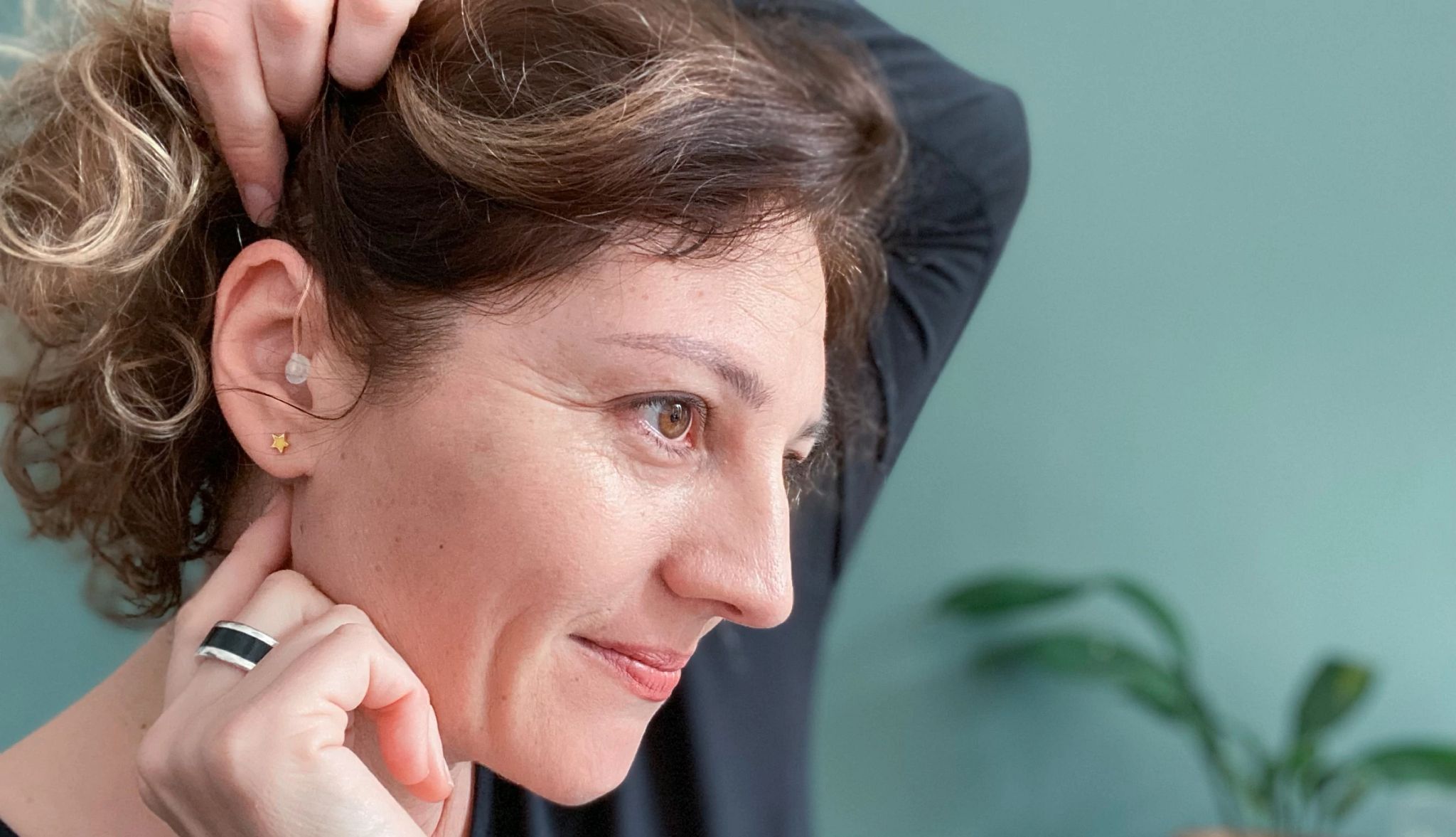Challenges


We know that exercise benefits the brain, but could having a healthy brain also push us to exercise? Study after study has found that physical activity can improve mood, help ward off memory loss and more. That’s why ongoing exercise is one of Staying Sharp’s six pillars of brain health.
But exercise as a boon for the brain is only half the story. In the proverbial chicken-and-egg question, which should come first: exercising your body, or exercising your brain? Turns out, the brain may be the key to keeping us active.
Researchers studied the MRI scans of 131 people around ages 60 to 70 and then asked them to go to group exercise classes three times a week for six months. Those whose MRI results showed evidence of greater cognitive reserve — more gray matter in areas of the brain involved in executive function, for example — completed the most workouts during the six-month period, according to the study, published in Medicine & Science in Sports & Exercise in 2022.
Similarly, people with lower scores on cognitive tests were less likely to engage in regular exercise, such as gardening, cleaning the car or going for a walk, according to a study published in Health Psychology in 2020. Researchers looked at data from more than 100,000 adults ages 50 to 90 whose exercise habits and thinking skills were measured over a 12-year period. What their findings suggest, says Boris Cheval, a co-author of the study, is that “a healthy brain is needed to ensure healthy physical habits, and both are crucial to ensure healthy aging.”
Cheval, an associate professor of sports science and physical education at ENS Rennes in France, says the relationship between mental activity and physical activity can be either “a vicious or a virtuous cycle.” In other words, if you don’t do activities to stimulate and challenge your brain, you may be less likely to get up off the couch and do the physical exercise you — and your brain — really need.













More From Staying Sharp
Walk Your Way to Better Health
It’s a great first step
Pedal Power: Getting Started
Improve your brain health through bike riding
Explore a Rail Trail
Take these steps to find and explore trails near you